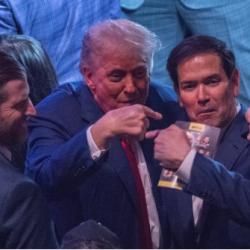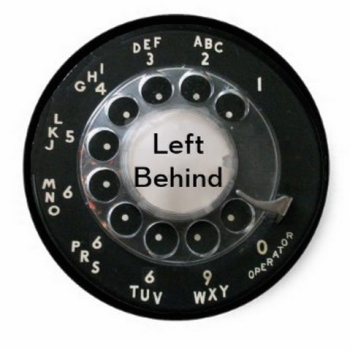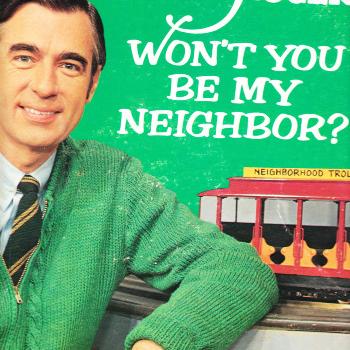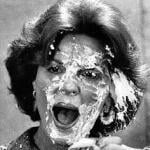The signers of the Declaration of Independence were “brave people, most of whom, by the way, were clergymen.”
— Gov. Mike Huckabee
Few years back I got a call from a friend who was putting on a community theater production of 1776, the musical about the signing of the Declaration of Independence. It’s an audience-pleaser, but it’s not done that often since it requires a large and overwhelmingly male cast and the gender ratio in community theater tends to tilt the other way. Hence the phone call.
I’m not a musicals guy, but I thought this might be interesting since it might mean a chance to play Abraham Clark, an ancestor of mine who signed the Declaration as part of the delegation from New Jersey. (Plus “Sit Down John” would be fun.) Turns out, though, that the play only includes three members of the Jersey delegation — John Witherspoon, Richard Stockton and Francis Hopkinson. No Abraham Clark (or John Hart, for that matter — Trumbull dissed him too). So I said no thanks.
My great-great-great-great (great?) uncle was a lawyer as were Stockton and Hopkinson. Hart was a farmer. Witherspoon was a minister and a college president.
The point here is that in the case of the New Jersey delegation, it would be wrong to say, as Mike Huckabee did Sunday, that “most” of the signers of the Declaration “were clergymen.” One out of five is 20 percent — that’s not “most.”
New Jersey’s 20-percent clergy delegation, by the way, was actually the most clerical of any of the colonies, since Witherspoon was the only signatory serving as an active minister. Give Huckabee the benefit of the doubt for the three others who had, at one time, been members of the clergy and you’ve got a grand total of four out of 56. Seven percent isn’t usually referred to as “most,” either, but if you’re trying to portray America as a sectarian nation you have to be willing, like Huckabee, to use words in new and unusual ways.
The sadly neglected Hart, by the way, was a descendant of Edward Hart, who in 1657 wrote the “Flushing Remonstrance.” That sounds like a reference to the epic collapse that occurred this September at Shea Stadium, but it’s actually a rather important little piece of American history.
Gov. Peter Stuyvesant had ordered the good people of Flushing to expel Quakers and other “damnable” heretics from his colony. The good people of Flushing responded with their Remonstrance:
Wee desire therefore in this case not to judge lest we be judged, neither to condemn least we be condemned, but rather let every man stand or fall to his own Master. …
Therefore if any of these said persons come in love unto us, we cannot in conscience lay violent hands upon them, but give them free egresse and regresse unto our Town, and houses, as God shall provide our consciences …
In short, “We’re for religious freedom, so take a hike guv.”
Stuyvesant retaliated by declaring a colony-wide “Day of Prayer for the purpose of repenting from the sin of religious tolerance.” The dispute continued for several years before the Remonstrance won the day. The name of the colony was then changed to reflect this new official policy that everybody is welcome and nobody can tell anybody else what to believe. That’s what “New York” means.












